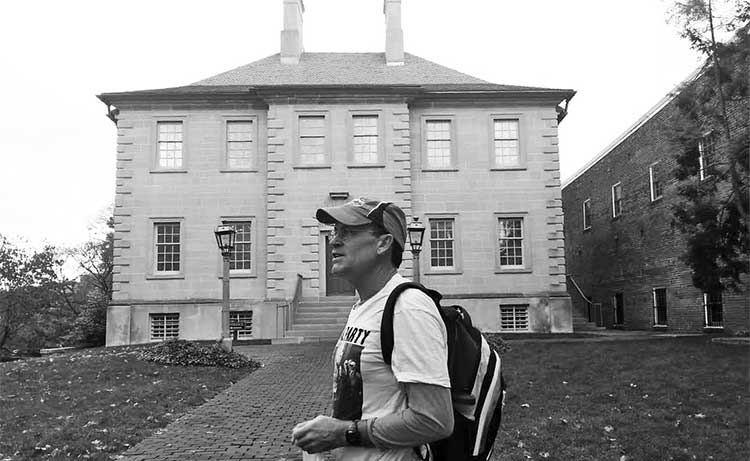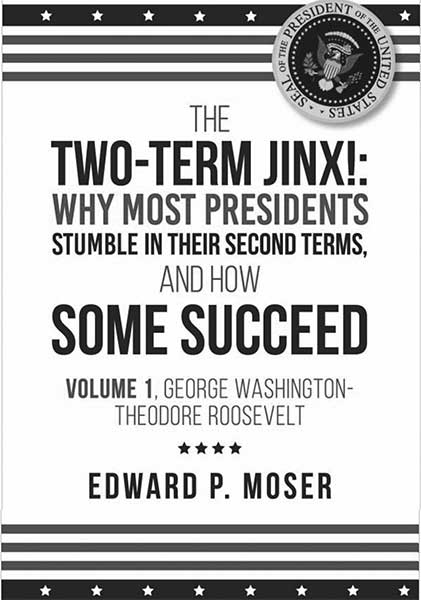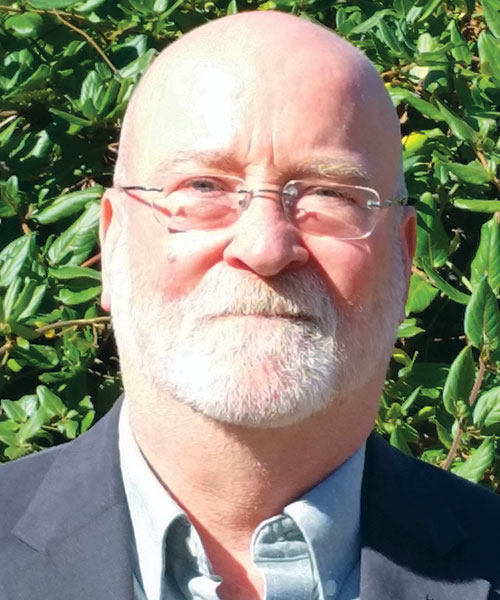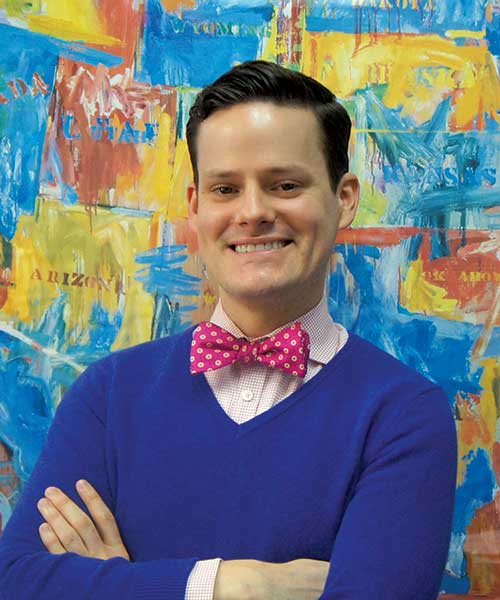"Pure Serendipity"
When he enrolled at UAlbany in the 1970s, “I was clueless about a career,” Ed Moser acknowledges. But 40 years later, he describes his career progression as “pure serendipity.”

The Alexandria, Va.-based author recalls: “I always loved history, so I took that as a major. Writing and bookworms run in my family – National Book Award winner Colum McCann is a relative – so I worked at the ASP as a news, feature and sports writer.” Sports editor Mike Piekarski, B.A.’77, “went on to work at the Albany Times Union. And a journalism professor of ours was famed Albany author William Kennedy.”
For Moser, serendipity kicked in after graduation. “I sent my best humor pieces to ‘The Tonight Show’ and was shocked when they made me a joke writer. I sent my best expository-writing pieces to the Bush 41 [George H.W. Bush] White House and was shocked when I was asked to send speech material. I went to Time-Life because the publisher was putting out an intriguing series of books on the history of espionage and sports. Around that time, I also worked for biotech firms on the human-genome project. They were looking for people who could write about science in a layman’s style.”
The transition from writing jokes and speeches to history-related writing was easy, according to Moser, because history “is what I love.” He found transitioning to “techy/computer-style writing” more difficult. “I’m the opposite of techy,” he admits.
Regardless of the style, Moser embraced “clarity and inspiration” in all of his work. He also adhered to two sage bits of advice for writers: “Write about what you know. Study the great writers.” Moser’s favorite writers include Tom Wolfe and Jonathan Swift.
Currently, Moser is completing the second volume of The Two-Term Jinx!: Why Most Presidents Stumble in Their Second Terms, and How Some Succeed. Volume 1, published in 2016, covers chief executives from George Washington to Theodore Roosevelt. Moser took two-and-a-half years “to get halfway through” the research and writing. He was spurred to tackle the “endlessly fascinating” subject because “people who follow presidential politics often say there’s a jinx and/or a lame-duck status for most two-term presidents. I decided to do the research to see if this is true. It is.” Volume 2 will focus on presidents “from Woodrow Wilson through the election of 2016,” Moser adds.


Of the presidents featured in the first volume of The Two-Term Jinx! Moser cites Grover Cleveland as “a well-regarded chief executive who bore no responsibility for the woes of his second term, because there had been a four-year hiatus between his first and second terms. So the severe economic recession that occurred throughout his second term [1893-97] and destroyed his popularity was much more the fault of his predecessor, Benjamin Harrison, or of chance.”
On the other hand, Moser concedes, “maybe the worst mistakes presidents can make are unforced errors. Jefferson, who had a terrific first term – the Louisiana Purchase, Lewis & Clark, peace and prosperity – had an awful final year due to a trade embargo he imposed on foreign countries against his advisers’ counsel, and really against his own philosophy. It led to a severe economic downturn.
“As he left office for the solace of Monticello, Jefferson no doubt recalled a quote of his own: ‘No one leaves this office with the reputation he had on entering it.’”
Despite the tumult that attended the 2016 campaign, the election, and the inauguration of Donald J. Trump, that presidential race was hardly the most disputatious in U.S. history, Moser contends.
“In 1800, Thomas Jefferson’s vice-presidential pick, Aaron Burr of New York, tried to steal the election from his own running mate. Jefferson became president despite 30 deadlocked Electoral College ballots when his chief rival, Alexander Hamilton, decided to back him. Hamilton hated Burr, who later killed him, even more than he hated Jefferson. Now that’s wild!”
And while “the country is as divided as it’s been since the ’60s – the 1960s and the 1860s,” Moser says – the 1860 contest was also more contentious than 2016’s. “There were four big political parties, and the Democratic Party split in two with the larger faction forming the Confederacy. And the relatively unknown Republican Party won with Abe Lincoln.”
If Moser could offer any advice to the current chief executive, it would be this: “Tweet less and focus on a few big issues. The window that presidents [are allowed] to achieve some big-ticket items is small.”




